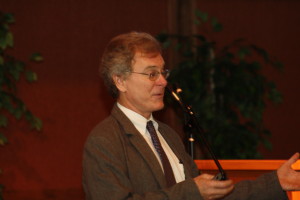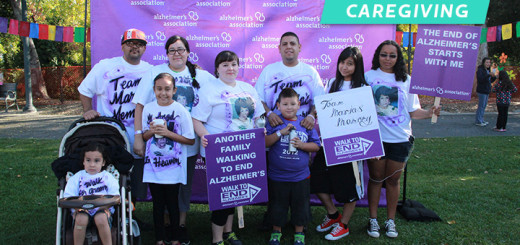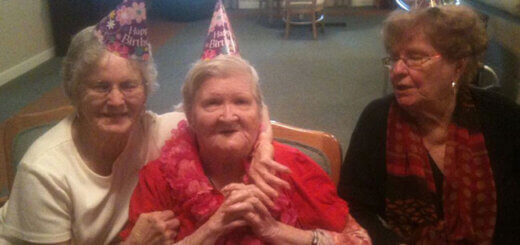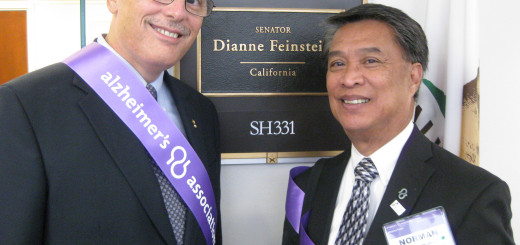From the Santa Cruz Education Conference: Delirium and dementia – it’s complicated!
Our education conference continued with three breakout sessions, including Communication and Validation Therapy with Mike Splain, LCSW, ACSW and an early stage panel featuring experts from the Alzheimer’s Association and individuals with early stage Alzheimer’s.

Dr. William Morris discusses delirium and dementia at the annual Santa Cruz area education conference
The third breakout focused on what can be a confusing topic for caregivers: delirium and dementia. The featured presenter was William Morris, MD, MPH, Dominican Palliative Care Consult Service, PAMF Outpatient Palliative Care and Supportive Service.
Delirium is a common problem with individuals who have dementia. According to Dr. Morris, it’s the cause of 49 percent of all hospital days in people over the age of 65. For example, someone with dementia who broke their hip may go to the hospital for their broken hip, but they are more likely to stay longer in the hospital because of delirium. About 60 percent of seniors in nursing homes will have delirium.
“Delirium is when your perception changes and the world around you is no longer the same,” he explained. “And it causes a lot of agitation.”
The many names of delirium include: confused, agitated, encephalopathic, sundowning and sedated. About a one to two thirds of delirium cases go undiagnosed for several reasons including overlap with dementia, lack of formal assessment and the fact that delirium fluctuates throughout the day.
There are two types of delirium: 1.) Hyperactive, in which people are agitated and 2.) Hypoactive in which people are withdrawn and sleepy. It’s thought that two thirds of delirium cases are hyperactive.
“I like to think of delirium as acute brain failure,” he said. He compared dementia to a trigger for delirium in people over the age of 65.
Risk factors for delirium include: dementia, being 65+, previous delirium, recent surgery (especially emergency or prolonged surgeries) and other diseases that make you weaker (i.e. cancer, burns, HIV, fracture) and finally, exposure to a new environment such as placement in a nursing home or other unfamiliar setting.
The biggest triggers for delirium are many and varied including medications, especially opioids, benzos and other drugs commonly administered for pain or at end of life.
The characteristics of delirium include:
- Acute onset – occurs within a couple hours or days
- Fluctuates – it comes and goes throughout the day
- Inattention – lack of focus or ability to concentrate
- Change in level of consciousness – change from the normal; sometimes hard to distinguish
- Disorganized thinking – they aren’t thinking clearly
- Perceptual disturbances – i.e. hallucinations
To assess delirium, look for four features *Delirium will be the first two features plus either three or four:
- Accute onset OR fluctuating course
- Inattention
- Disorganized thinking
- Altered level of consciousness
More helpful resources related to this article
Delirium or dementia, what’s the difference?

















